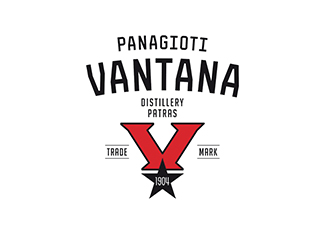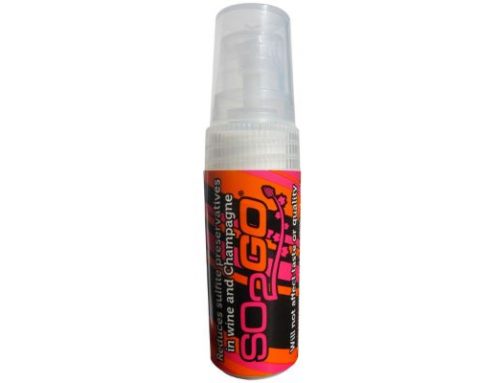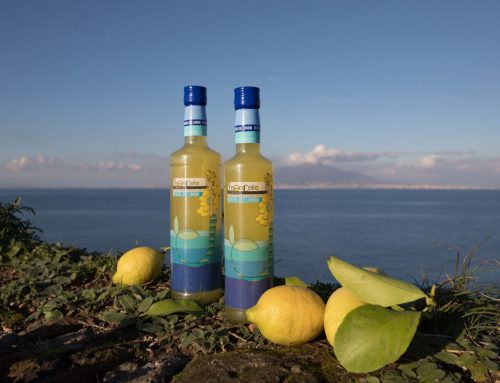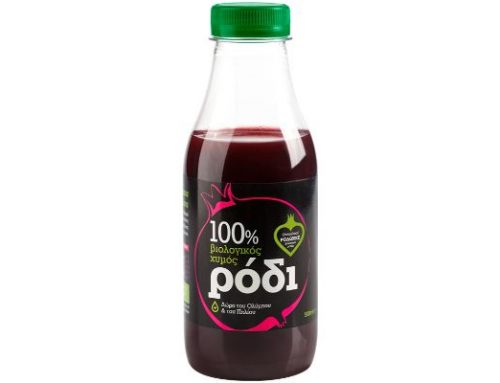Throughout Europe, spirits and alcoholic beverages in general have been a tradition dating back centuries or even millennia, depending on each nation’s culture. Know-how is therefore embedded in local producers, who are born and raised in this field of work, making quality drinks with secret recipes handed down through generations.
Besides the existing 45+ spirit categories, like rum, whisky, vodka, beer and wine, etc. and about 240 geographical indications (GIs) registered in Europe, such as Cognac, Irish Whiskey, Polish Vodka, etc. there are uncountable local variations, all of which serve as clear indications of a sector deeply rooted in culture and tradition.
The people behind
Understanding what spirits mean for Europeans, either producers or consumers, goes beyond numbers, be it export sales, tax revenues generated and net contributions to the European economy. It is all about making unique products and the wonderful, hard-working people who are engaged in the production and sale of traditional grappas, whiskies, gins and brandies. Centuries of skill, culture and tradition go into making fine spirits, and for generations people have enjoyed them with their feet up in front of the fireplace, sitting around a garden table during summer or celebrating with family and friends.
A select few
It is a Herculean task to single out a few producers out of an enormous number of local producers in Europe. Nevertheless, GFW Magazine has managed to focus on some of those making truly fine spirits. Let’s read their stories…
- Quinta dos Ingleses: Portuguese wine meets “english countryside”

Quinta dos Ingleses
“Fifth of the British” is how locals refer to the predominantly agricultural highlands and hills of entre-douroe-Minho in Caíde, Lousada region, of Portugal. The reason being that the area was in all aspects similar to the landscapes of the Southeastern part of England and therefore welcomed, for some time between late 19th and early 20th century, English visitors encouraged by the Portuguese-British historical alliance and by the pleasant local climate. Oral tradition recalls in memory the horses and “chariots” that the British displayed during their visits or transit in the surrounding localities. And that was how Quinta dos Ingleses was born.
However, despite their interest in the area, a british family that frequently visited the farm never became the owners. It belonged to the house of Alentém and, throughout the ages, the farm has been passed down from owner to owner, while simultaneously increasing considerably in size. Currently, the estate belongs to the family of Abílio Pimenta who in 1982 founded “Quinta Dos lngleses” as an agroindustry focusing on agriculture, confectionery and wine production.
Quinta dos Ingleses makes wines with unique characteristics. Their list of wines is diverse, fresh and of low alcoholic volume, achieving premium quality. Nowadays their annual production is on average 100,000 liters of Vinha dos Ingleses Branco, 30,000 liters of Vinha dos Inlgeses Espadeiro and Verdisa Verde Branco and of their wine Bordado they produce 10,000 liters per year.
- Gérald Dubreuil: Granpa’s wine-making recipe for success

Gérald Dubreuil
A winemaker who combines exquisite terroir, rich tradition, reasoned and organic culture. For several generations, the Dubreuil family has cultivated vines in the steep slopes of the small vineyard of Cerdon, occupying 7 hectares, located in the French region of Ain between Lyon and Geneva. Just recently, one of their wines, Cerdon “Vendange Meryen” named after the wife of the current head of the Dubreuil family estate, received the gold medal award at the 2019 agriculture show in Paris.
Since 2016, the family has gradually converted their vineyards into organic farming. Though part of the maintenance of the soil is done mechanically, pesticides have not been used for many years. They prefer the organic “recipe”, which is to favor the natural balance of different insects and pests of the vine. Fungicides neutral to the environment are applied only in case of high disease pressure. They specialize in the production of a rosé sparkling wine called Cerdon, whose low alcoholic degree reaches about 8% Vol. Cerdon wine obtained the PDO designation in 2009 and is produced exclusively from Gamay and Poulsard grapes.
Dubreuil family’s main source of pride is their “ancestral method” of winemaking. By which they mean that, once harvested, the grapes are immediately pressed. This results in a pink juice that is left to ferment in tanks. When the wine reaches about 6% alcohol, fermentation is blocked by dropping the wine temperature at about 0 degrees C°, thus stopping the action of natural yeasts. At that stage, wine is filtered and bottled, leaving it to warm up naturally in the room temperature of the cellar, at about 10 degrees C°. The yeast can then resume the breakdown of sugars into alcohol and thus cause the creation of bubbles.
This partial fermentation preserves the sweetness, aromas and colour of the grape. The yeasts killed by the wine pressure inside the bottle, almost 4 bars, settle at the bottom of the bottle. Consequently, all bottles are reopened to filter the wine and remove the yeast deposit. They are then refilled and labeled, ready at this point to be tasted. The Cerdon is a pleasure wine meant to be enjoyed fresh, at 6 to 7 degrees C° ideally, and serves perfectly as an aperitif, a dessert wine or as a cold beverage in the middle of a hot summer afternoon.
- Riviera dei Limoni: Sea, sun, sand and… lemons

Riviera Dei Limoni
Riviera dei Limoni, literally “The coast of Lemons”, is a family business founded in 1988 in the majestic scenery of the Sorrento Coast in Italy. Since its foundation, it has concentrated its energy in producing artisan liqueurs, faithful to the local tradition, made with 100% natural ingredients of the highest quality. Passion and tradition are the key words that summarize the philosophy of a company that has always acted with the utmost respect for the local terroir and its customers by offering consumers a genuine product, without ever giving in to the use of aromatic or natural substances, which lead astray of traditional recipes.
Of course, their most popular product is limoncello, one of the favourite drinks in Italy, which has recently began to interest consumers in other parts of the world. Restaurants in the US, Canada, the UK, Australia, and New Zealand are now increasingly offering limoncello on their beverage and dessert menus.
Limoncello is an Italian lemon liqueur mainly produced in Southern Italy, especially in the Sorrentine Peninsula. Although the exact origin of the sweet drink is strongly debated, it is considered at least one hundred years old. Limoncello has usually a slightly turbid appearance, which originates from the presence of non-visible essential oil droplets suspended in the drink.
Traditionally, limoncello is made from the zest of Sorrento or Sfusato lemons. Lemon zest, or peels without the pith, is steeped in rectified spirit -most commonly grappa, but vodka may also be used- until the oil is released. The resulting yellow liquid is then mixed with simple syrup.
Varying the sugar-to-water ratio and the temperature affects the clarity, viscosity, and flavor. Opaque limoncellos are the result of spontaneous emulsification, otherwise known as the “ouzo effect”, of the sugar syrup and extracted lemon oils. Alcohol content can widely vary, especially among homemade variants, but the average alcohol content is between 25% and 30%.
- Vantana Distillery: Always in high spirits

Vantana Distillery
A common misconception on Greek spirits and liquors is that there is nothing exceptional to experience than just the famed Ouzo drink, usually served cold with ice or dilluted with water along with snacks, mezzedes in greek, during summer. At least that is the tourist view of things.
Yet, nothing could be further from the truth. Throughout Greece, local distillers offer a mind-boggling variety of tastes and flavors, most of which derive from family recipes and traditions dating back centuries or even millennia. The reason being that along with the Greek economic crisis, there’s also been a resurgence in popularity of domestic alcohols in recent years, a reversion from the 80s and 90s culture. Small Greek labels offering more traditional liquors are becoming trendier than big companies.
One such product is Tentoura classic Greek liqueur. Its name derives from “tentuires alcooliques” and “tintura”, i.e. solutions-extractions of aromatic materials in alcohol, to bring out their flavor and stabilize their color. It was in Patras, a major Greek port and a naval gate to western Europe, that distillers undetook the effort of fusing alcohol with aromatic herbs and spices that seafarers carried from the east.
That is also the story of Panagiotis Vantanas, who in 1904 established a distillery by the same name and started making his own tentoura, which was then also called “moskovolithra”, roughly the equivalent of “fragrant” in the local dialect. This exceptional quality liqueur from cinnamon and clove extractions, in tons of nutmeg and soft presence of citrus fruits is now “Vantana Distillery – Tentoura 1950 Especial”. Ideally served as an after-dinner liqueur and pleasant as a long drink.




